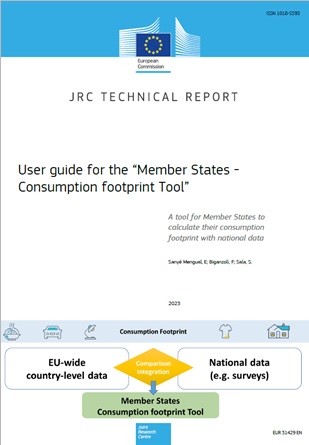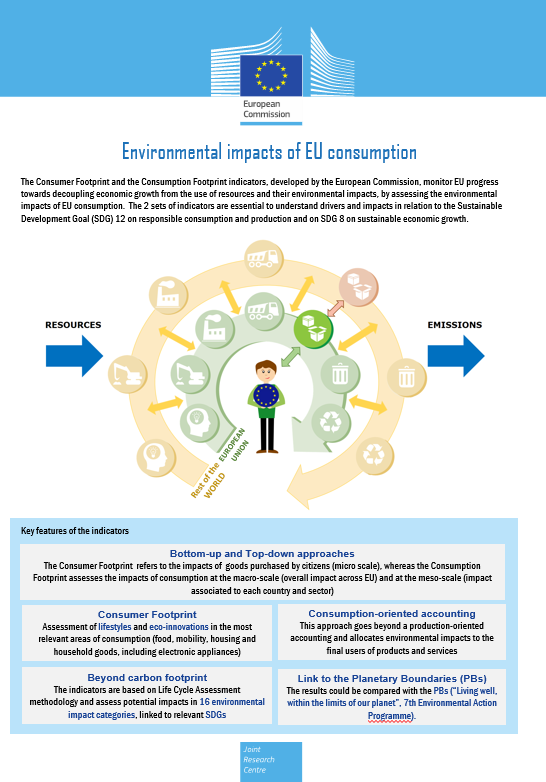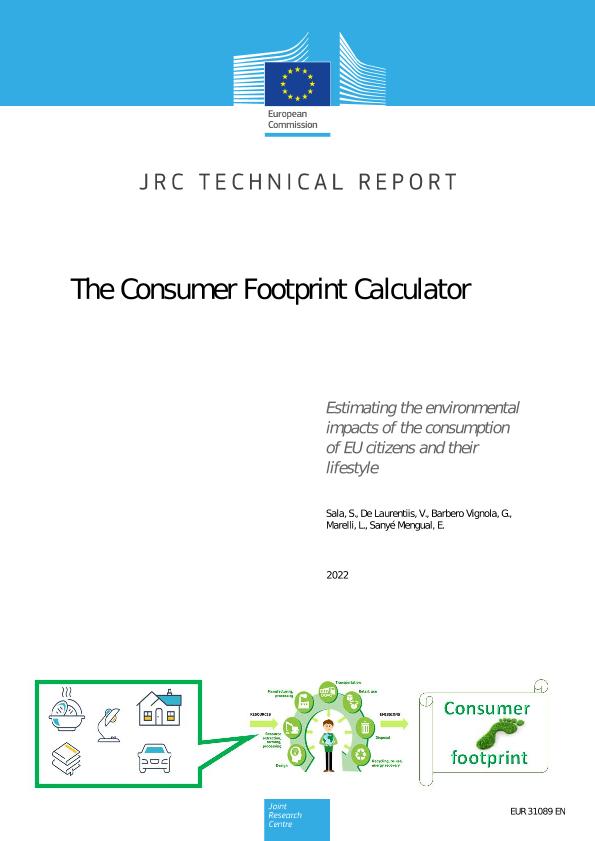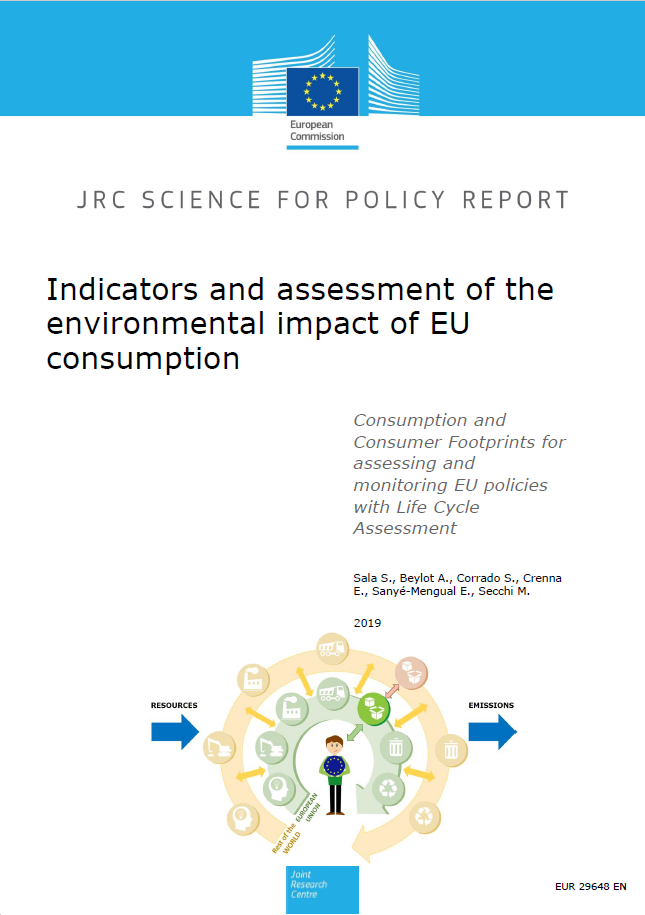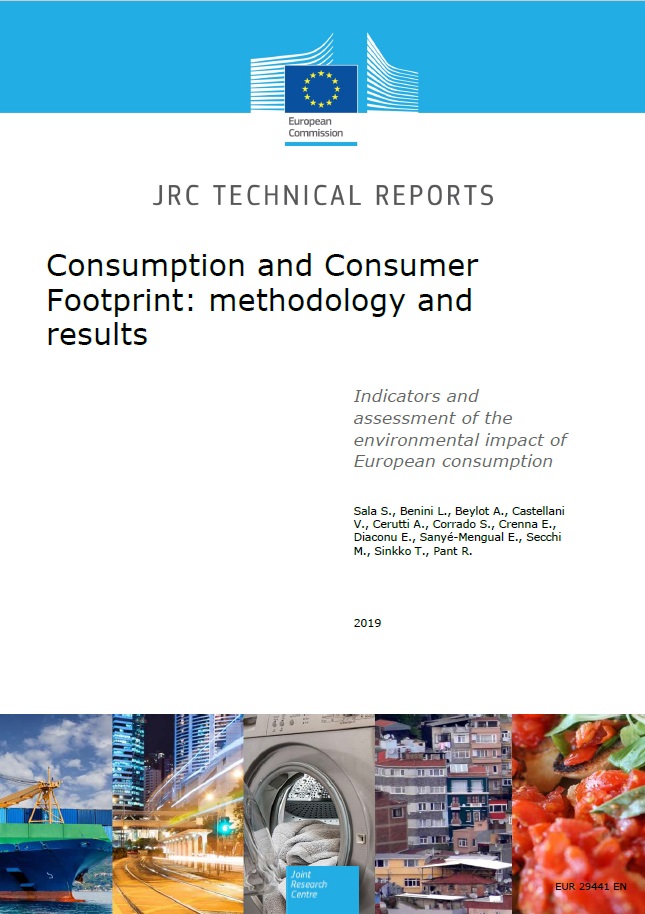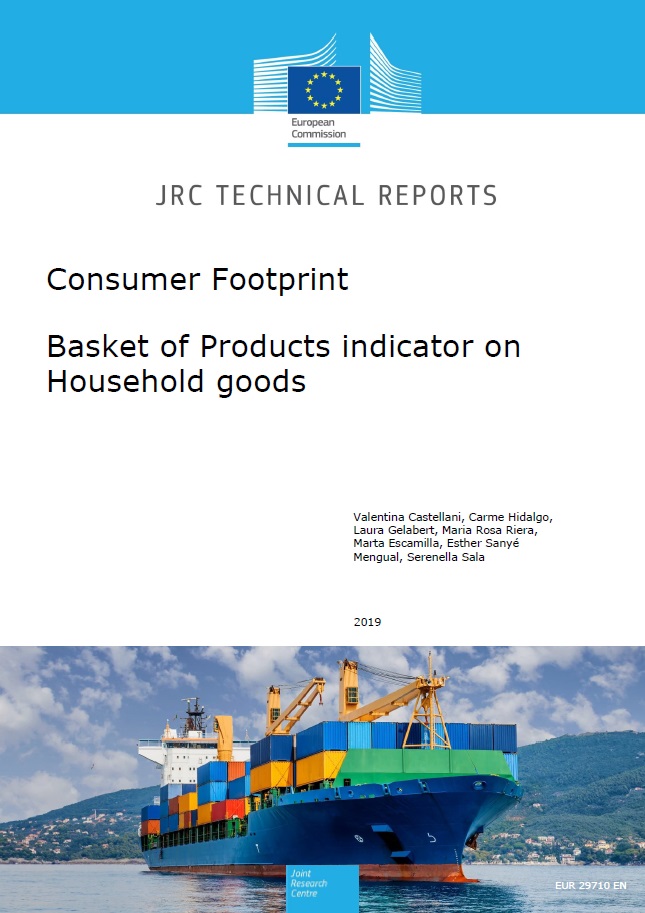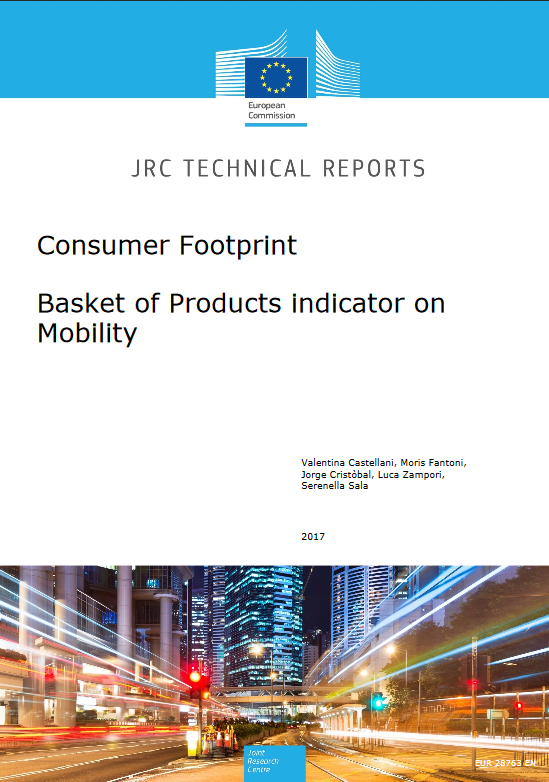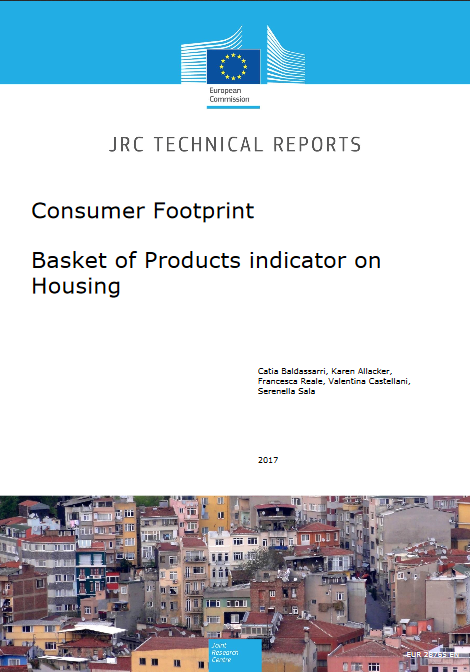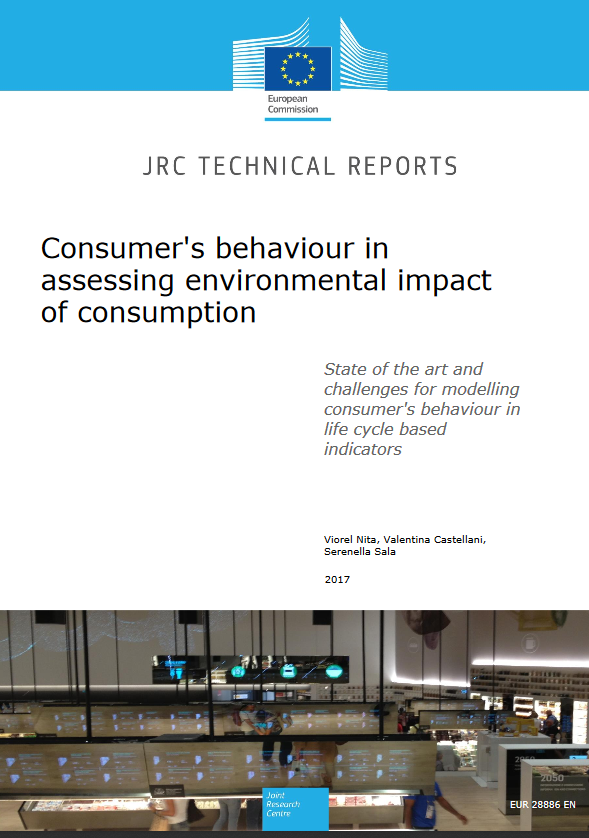The European Commission has developed an assessment framework to monitor the evolution of the overall environmental footprint of EU production and consumption, and to compare the footprint against planetary boundaries. The consumption footprint responds to key challenges posed by the need of a systemic and holistic assessment of transition towards sustainability and represent a key set of indicators to support the ambitions of the European Green Deal.
The Consumption Footprint is a Life Cycle Assessment (LCA)-based set of indicators for assessing the environmental impact of EU consumption aiming at monitoring progress towards EU policy ambitions, such as circular economy (Circular Economy Action Plan), zero pollution (Zero Pollution Action Plan), sustainable food production (Farm to Fork Strategy) and biodiversity conservation (EU Biodiversity Strategy for 2030). The importance of a consumption and supply-chain perspective as well as the relevance of environmental footprint information regarding consumption and products have been reiterated in new environmental policies under the European Green Deal.The indicator can be assessed in combination with the Domestic Footprint, which focuses only on the territorial impacts.
Moreover, assessing the environmental impacts of consumption of goods and services is crucial for achieving the Sustainable Development Goal on responsible production and consumption (SDG 12).

This assessment framework is built on a Consumption-based perspective in which environmental impacts of the entire product life cycle (raw material extraction, production, use phase, re-use/recycling and disposal) are allocated to the country where the product is consumed. Therefore, based on trade statistics, environmental impacts of the production of imported goods consumed in the EU are included in the analysis, whereas the impacts of production of exported goods are not.
Goals of the study
The Consumption footprint indicator focuses on country performance as well as at the performance of the EU as a whole. The Domestic footprint indicator focuses on the environmental impact of territorial activities of domestic production and consumption. The indicators can be employed for policy support:
- Identification of environmental hotspots: the granularity of the indicators can provide information at different levels (environmental issues with the highest relevance, areas of consumption, product groups and products, life cycle stages of products, and of most relevant resource used or emissions to the environment). The indicators could be presented as 16 different environmental impact categories or as a single score. Biodiversity footprint could be presented as well.
- Monitoring: yearly updates of the indicators allow tracking the evolution of impacts associated with changes in production and consumption patterns. This may be strategic for monitoring e.g. how much EU is decoupling environmental impacts from economic growth, the benefits of transition towards circular economy, the ability of EU to remain within planetary boundaries as well as progress related to the SDGs (especially SDG12 on responsible consumption and production).
- Setting a baseline against which testing policy options and scenarios: the modularity of the indicators can formulate scenarios affecting not only lifestyles but all the stages along the supply-chain (from raw material extraction to end of life) as well as technological changes in the life cycle of products.
- Evaluating lifestyles and consumption patterns, which can be compared to EU and Member State average lifestyles.
- Identifying transboundary and spillovers effects, since the indicators could unveil the trade footprint, namely the amount of impacts embodied in imported goods.
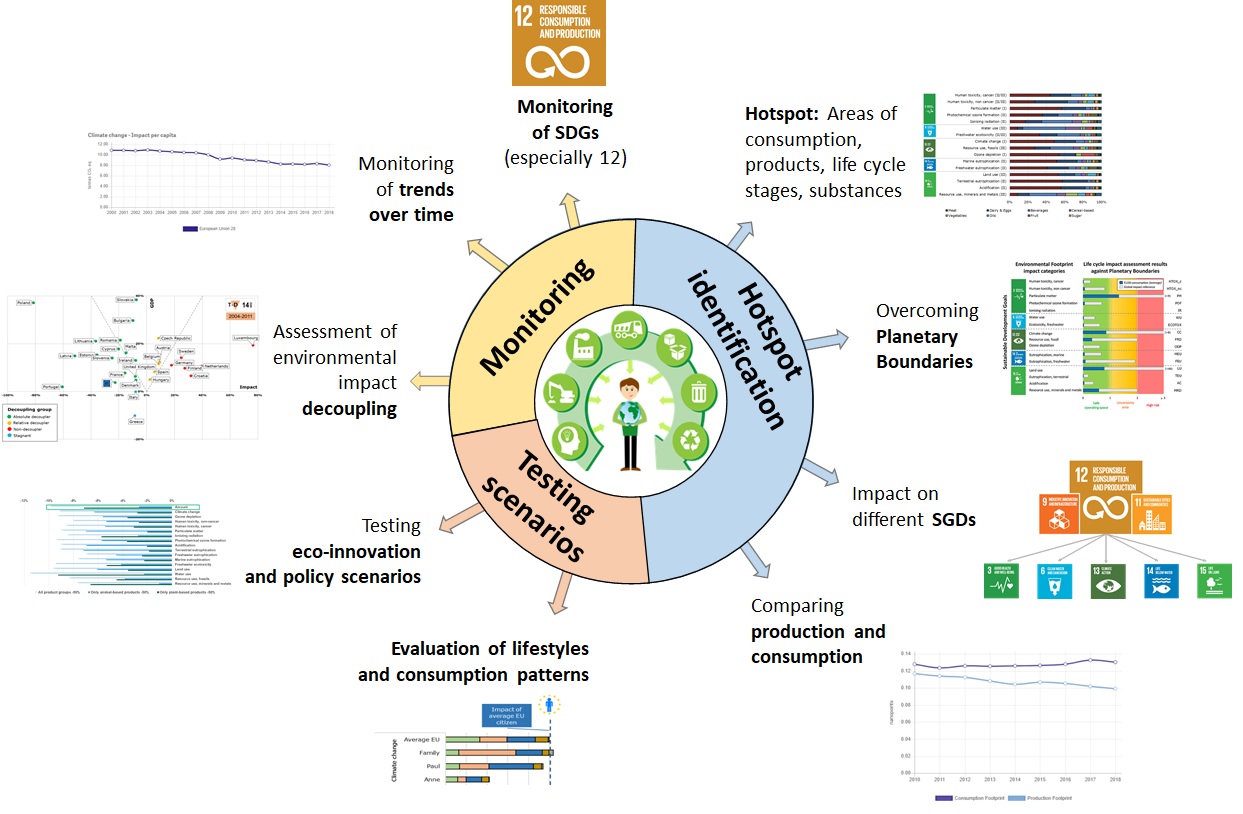
Environmental impact categories investigated
Within this framework, the potential environmental impacts due to production and consumption are assessed for the entire product life cycle and include the 16 environmental impact categories of the Environmental Footprint method, as follows: Climate change; Ozone depletion; Human toxicity, non-cancer; Human toxicity, cancer; Particulate matter; Ionising radiation; Photochemical ozone formation; Acidification; Eutrophication, terrestrial; Eutrophication, freshwater; Eutrophication, marine; Land use; Ecotoxicity freshwater; Water use; Resource use, fossils; and Resource use, minerals and metals. Those impacts might ultimately lead to impairment of human health, biodiversity and natural resource provision, e.g. climate change, land use, water use, etc. may lead to biodiversity loss. These 16 impact categories can be normalized and weighted into a single weighted score. Moreover, the indicators could be expressed in terms of Biodiversity or Human Health footprint.
EU Decoupling and planetary boundaries
The use of the Environmental Footprint allows for assessing the environmental impacts of consumption against the Planetary Boundaries through a specific set of LCA-based planetary boundaries developed for the Environmental Footprint method. The indicators can be employed to monitor the decoupling of EU and Member States consumption from economic growth (SDG8.4 target on decoupling).
Publications and dissemination



